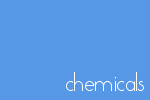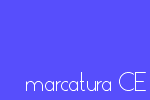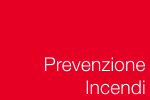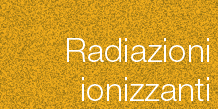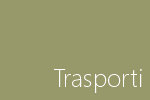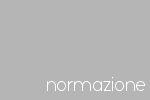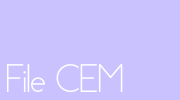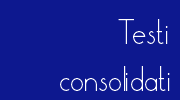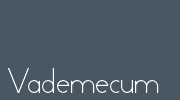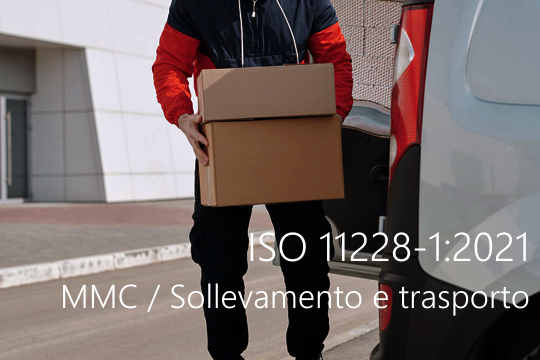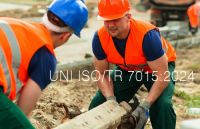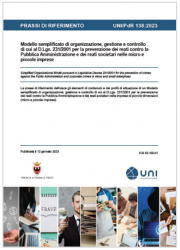ISO 11228-1:2021
| ID 14780 | | Visite: 7339 | Documenti ISO | Permalink: https://www.certifico.com/id/14780 |
ISO 11228-1:2021 / MMC - Sollevamento e trasporto Ed. 2021
ID 14780 | 19.10.2021 / Preview in attachment
ISO 11228-1:2021
Ergonomics - Manual handling - Part 1: Lifting, lowering and carrying
Pubblicata da UNI il 5 Ottobre 2021, la norma ISO 11228-1:2021, sostituisce la ISO 11228-1:2003 (UNI ISO 11228-1:2009)
UNI ISO 11228-1:2009
Ergonomia - Movimentazione manuale - Parte 1: Sollevamento e trasporto
La norma specifica i limiti raccomandati per il sollevamento e il trasporto manuale prendendo in considerazione, rispettivamente, l'intensità, la frequenza e la durata del compito. La norma fornisce una guida sulla valutazione di diverse variabili del compito, consentendo di valutare i rischi per la salute per la popolazione lavorativa.
This document specifies recommended limits for manual lifting, lowering and carrying while taking into account the intensity, the frequency and the duration of the task. It is designed to provide requirements and recommendations on the assessment of several task variables, allowing the health risks for the working population to be evaluated. This document applies to manual handling of objects with a mass of 3 kg or more and to moderate walking speed, i.e. 0,5 m/s to 1,0 m/s on a horizontal level surface. This document is based on an 8 h working day, but also covers more prolonged working times, up to 12 h. It also addresses the analysis of combined lifting, lowering and carrying tasks in a shift during a day. This document does not cover the holding of objects (without walking), the pushing or pulling of objects or manual handling while seated. The pushing and pulling of objects are covered in the other parts of the ISO 11228 series. This document does not cover handling people or animals. (For further information on handling people, refer to ISO/TR 12296.) This document does not address the manual lifting of objects while using lift-assistive devices such as exoskeletons and does not address the needs of pregnant women or persons with disabilities.
_______
Introduction
0.1 General
The ISO 11228 series establishes ergonomic recommendations for different dynamic manual handling tasks. It provides information for designers, employers, employees and others involved in work, job and product design. The ISO 11228 series provides information on the evaluation of static postures.
Disorders of the musculoskeletal system are common worldwide and one of the most frequent disorders in occupational health. The risk-assessment model in this document allows the estimation of the risk associated with a manual material handling task. It takes into consideration the hazards (unfavourable conditions) related to manual handling tasks and the time spent performing them. Unfavourable conditions can include factors such as the size and mass of the object being handled, working posture (e.g. twisting, bending, overreaching), quality of grip on items, and the frequency and duration of manual handling. Any of these can, alone or in combination, lead to a hazardous handling activity and increase the risk of musculoskeletal disorders. Accordingly, these factors are considered when determining a recommended safe limit of the mass of objects being handled.
The method of determination of safe recommended limits in this document is based on the integration of data derived from four major research approaches, namely the epidemiological, the biomechanical, the physiological and the psychophysical approach.
0.2 The ergonomic approach
0.2.1 General
Ergonomics pursues the specific goals of optimizing human well-being and overall system performance. This is achieved through contributions to the design and evaluation of tasks, jobs, production, environment and systems in order to make them compatible with the needs, abilities and limitations of people. It strives to design or to modify a work system to accommodate, as far as possible, a broad range of people in order to meet the needs of workers with various characteristics, including people with special requirements. Thus, the development of special solutions for individuals can be minimized. Achieving these goals also contributes to organizational sustainability and social responsibility.
Manual handling tasks in the workplace occur within the context of work systems. Interactions of humans with items, information, environment and other people must be taken into consideration when designing or modifying tasks and work areas. The ergonomics approach can be used to prevent manual-handling-related injuries from occurring by being used proactively in the design of processes, systems or work organization, in addition to when modifications to existing systems are being considered.
The ergonomic approach considers tasks in their entirety, taking into account a range of relevant factors including the nature of the task, the characteristics of objects handled, the working environment and the individuals performing the task. It considers environmental conditions (e.g. lighting, noise, temperature), as well as an individual’s characteristics and experiences. An individual’s characteristics include physical and mental capabilities, skills, work techniques, behaviour and their perception of the work environment and its social characteristics.
...
add more in attachment
Collegati
Valutazione rischio MMC ripetitivi ISO 11228-3 OCRA | Semplice
Valutazione rischio MMC ripetitivi ISO 11228-3 OCRA | Dettagliata
Rischio MMC e ISO/TR 12295:2014
| Descrizione | Livello | Dimensione | Downloads | |
|---|---|---|---|---|
| ISO 11228-1 2021 Preview.pdf ISO 2021 |
286 kB | 188 |






